Chauvel and the Light Horse: An online writing opportunity
By JOL Admin | 2 November 2017
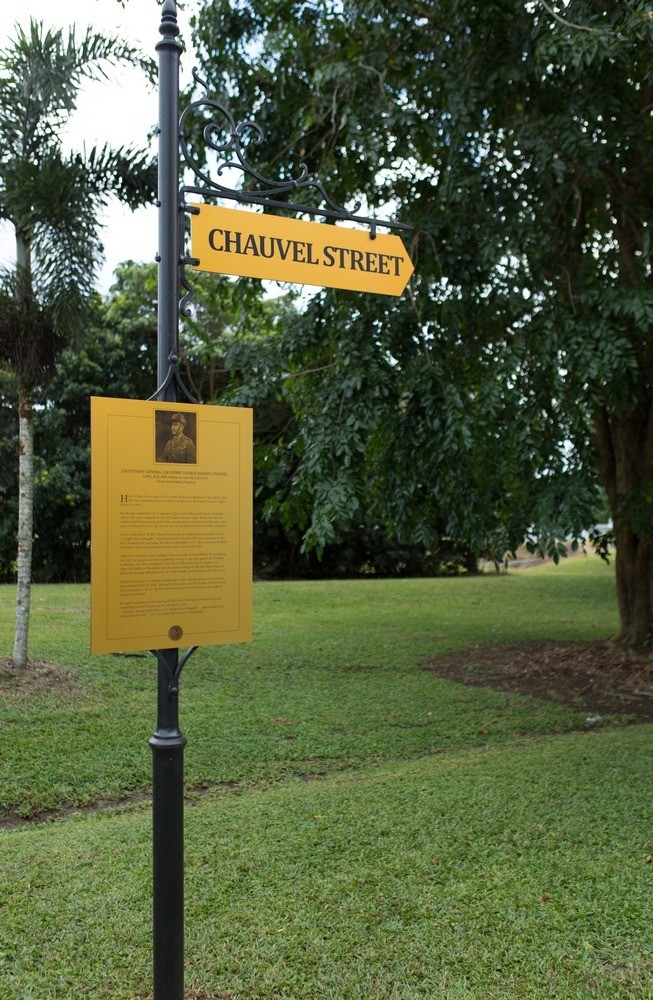
'Chauvel' street sign, El Arish, Queensland 2016, John Oxley Library, SLQ, Acc. 30994/13
Guest blogger: Honor Auchinleck.
Over sixty years ago on 16 November 1954, at the time of a proposal to erect an equestrian statue of Field Marshal Sir Thomas Blamey, a writer in Melbourne’s broadsheet The Age asked, ‘Why not an equestrian statue of Sir Harry Chauvel?’ General Sir Harry Chauvel was best known throughout Australia for commanding the Desert Mounted Corps in Palestine in 1917 and 1918. Although he was born at Tabulam on the Upper Clarence River in Northern New South Wales, Chauvel’s formative years were spent in Queensland where the Chauvels were farming on Canning Downs South. Chauvel was close to being a Queenslander and if he were still alive, he would argue that many of his earliest memories were forged during the latter part of the nineteenth century in the fledgling state of Queensland.
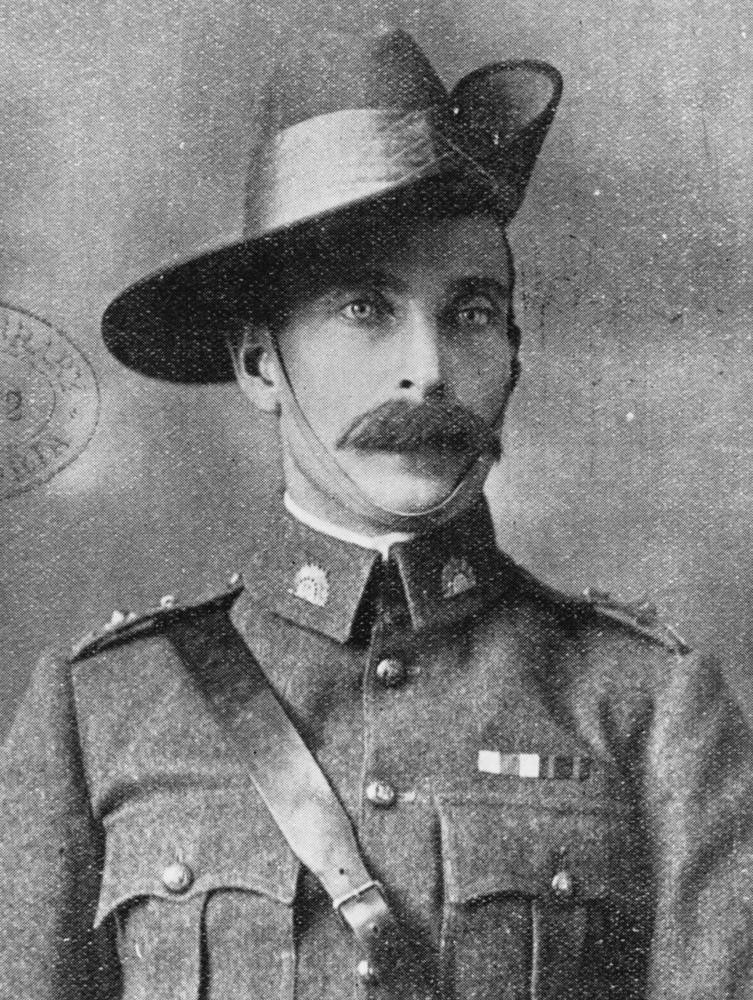
Lieutenant Colonel H. G. Chauvel, Commander of the Queensland Battalion, (7th) Second Common Contingent, 7 May 1902, John Oxley Library, SLQ, Neg. 33969
It was during the Boer War when Chauvel served with distinction in the Queensland Mounted Infantry that the ground was laid for Chauvel’s subsequent success and promotions in the latter three years of World War One. Chauvel’s experiences quelling the 1891 Shearer’s Strike must surely have set the tone for someone who was would to act with decisiveness in later life. He must have had great ability and excellent organizational skills when he was chosen to be ADC to the Governor of Queensland, Lord Lamington in 1898. Given his track record in the early days of our Defence Forces, it is not surprising that eventually he became Australia’s first regular Army officer to become a General in 1929.
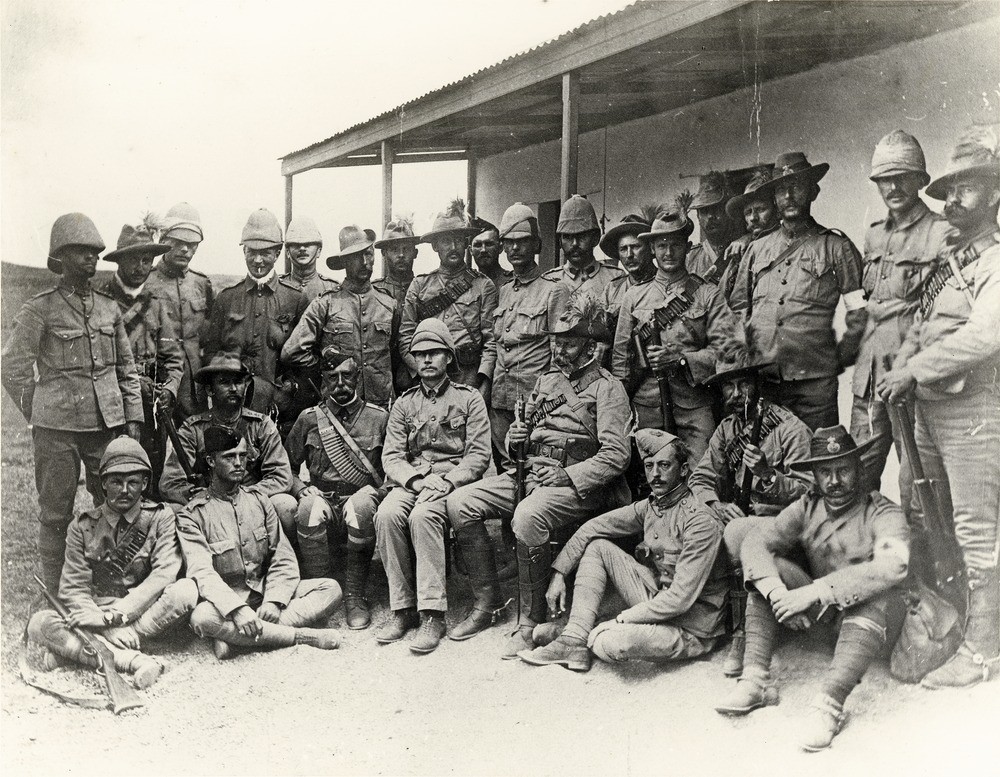
Group of British and Australian army officers in South Africa 1900, John Oxley Library, SLQ, Image: 27331-3016-0152
Chauvel’s name is synonymous with the Australian Light Horsemen who served him loyally throughout the long years stretching from Gallipoli, through training in Egypt, and during the battles of Romani, Magdhaba and Rafa leading up to the disastrous attacks on Gaza. It was Chauvel’s decisive orders for the charge at Beersheba on 31st October 1917 that helped change the fortunes of war in the Middle East and led to the collapse of the Ottoman Empire.
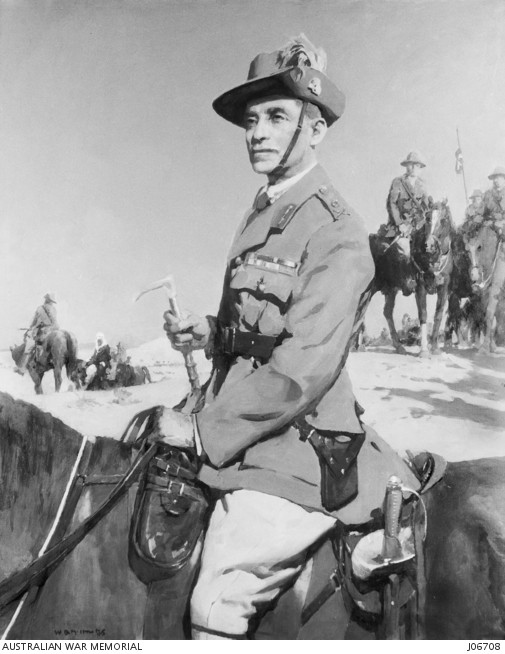
Sir Harry Chauvel. Portrait by McInnis. Australian War Memorial, J06708
As a young officer at the time of Federation Sir Harry had been a part of the early discussions about the structure of the Australian Army. During the 1920s and 30s he was there again fighting for the Army against cuts in Defence spending. Instead of a relaxing retirement, the outbreak of the Second World War saw Sir Harry back in uniform as Inspector in Chief, Volunteer Defence Corps.
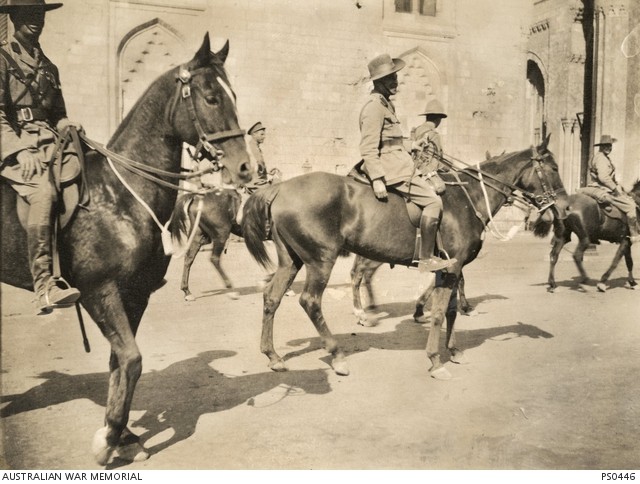
Brigadier General Harry Chauvel commanding 1st Australian Light Horse Brigade, Australian War Memorial, PS0446
A key part of the commemoration of Sir Harry is remembering the men who served with him on Gallipoli, on Sinai and in Palestine. The General Sir Harry Chauvel Memorial Foundation wishes to encourage the descendants of Light Horsemen and other interested people to research and write about their ancestor, or their Light Horseman hero. The aim is to develop our knowledge and understanding of those who served and of how their values and service informs and helps define contemporary Australia. The Legend of the Light Horse is not just for the academic historians but it is for all those who have a story associated with the Light Horse to tell. The Foundation is seeking to develop an online anthology including prose, fiction and non-fiction and poetry. Illustration of submissions with photographs, maps and drawing is encouraged. Please visit the General Sir Harry Chauvel Foundation. at www.chauvelfoundation.com to see sample contributions and for the terms and conditions for submissions.
It might have taken a century to commemorate Chauvel in bronze but things are changing as renowned sculptor Louis Laumen is already working on a marquette. Meanwhile let us hear the stories of Light Horsemen from Queensland!
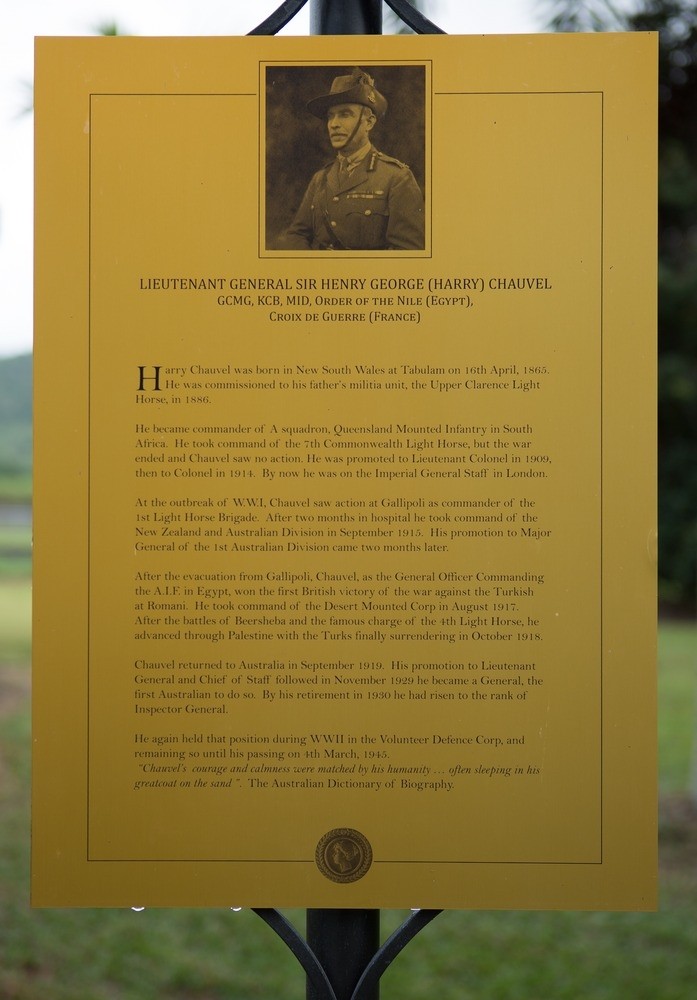
'Chauvel' street sign, El Arish, Queensland 2016, John Oxley Library, SLQ, Acc. 30994/15
Further reading:
Chauvel, Sir Henry George (Harry) (1865-1945). Australian Dictionary of Biography.
Comments
Your email address will not be published.
We welcome relevant, respectful comments.